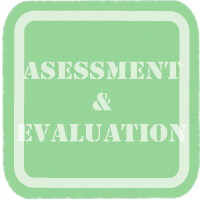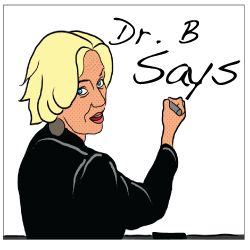 Summative Assessment
Summative Assessment
 Assessment is crucial part of any second language program; the teacher and the students need to have up to date information about the students’ abilities, progress and overall development in the language. Summative assessment plays a critical role in this information gathering process. By conducting a variety of forms of summative assessment (also known as assessment of learning), the teacher will have a good grasp of where their students are in the learning process. In the following section we will look at why this type of assessment is important, provide some possible summative assessment strategies, and give examples of what summative marking tools look like.
Assessment is crucial part of any second language program; the teacher and the students need to have up to date information about the students’ abilities, progress and overall development in the language. Summative assessment plays a critical role in this information gathering process. By conducting a variety of forms of summative assessment (also known as assessment of learning), the teacher will have a good grasp of where their students are in the learning process. In the following section we will look at why this type of assessment is important, provide some possible summative assessment strategies, and give examples of what summative marking tools look like.
Why is summative assessment important?
The Assessment component of B-SLIM requires both assessment for learning (formative) and assessment of learning (summative). While it is crucial that students’ work, abilities and progress be tracked and assessed throughout the entire learning process, it is also imperative that teachers have proof of what the students have learned during that process. It is the summative assessment that is used to determine grades and future directions for students. This type of assessment is the culmination of a unit/section/chapter of study and comes during the Proving It stage of B-SLIM. Summative assessment tells both the teacher and the student what areas are clear to the student, and which will require more work. For summative assessment to be effective and useful, the results of a summative assessment need to be compared with some sort of a standard; this could be within the class, city-wide, province/state-wide, national standards, etc.
back to top
What types of summative assessment are there?
Summative assessment, or assessment of learning, can take many forms. Here are some possible types of summative assessment that can be used in the language classroom:
- Performance Task: students are asked to complete a task that will test a specific set of skills and/or abilities and determine what the students knows and are capable of doing. A rubric, checklist, or other form of scoring guide should accompany this type of assessment.
- Written Product: students are asked to write an original selection. There are many written forms that teachers can use to get students to write. In addition, students may be asked to write about a previous activity such as a field trip or guest speaker. Students may also be asked to create a piece of persuasive writing or a reflection about their learning experience. A rubric, checklist, or other form of scoring guide should accompany this type of assessment.
- Oral Product: students are asked to prepare an oral piece of work; this can take the shape of any of the oral forms outlined in the Proving It stage of B-SLIM. A rubric, checklist, or other form of scoring guide should accompany this type of assessment.
- Test: the students are asked to write a test at the end of a section, chapter, unit, theme, etc. to demonstrate what they know.
- Standardized Test: students are asked to write a test that is standardized in terms of content of the test and conditions under which the test is written. In Canada, there are provincial standardized tests administered at many grade levels, such as Grade 3, 6, 9, 12.
back to top
Where can I find help to develop assessment tools?
Rubrics and checklists are valuable and effective tools for summative assessment. They allow the teacher to set out the criteria before the task is even given to students, thereby allowing everyone concerned to be aware of what is expected. While they are useful, they can be challenging to create, especially for new teachers. The key to an effective rubric or checklist is to ensure all of the necessary and appropriate criteria are included, and sufficient distinction is made between different levels of performance so that student work can more easily be assessed.
Below is a list of websites that allow you to customize pre-made rubrics. These rubrics can act as a good starting point for people who don’t have a lot of experience creating rubrics from the ground up; these rubrics should be carefully reviewed and edited to ensure they meet the teacher’s specific needs.
RubiStar
Recipes4Success
Rubric Machine
Teachnology
For examples of what rubrics and checklists for the second language classroom may look like, visit the Alberta Education web site for some examples.
back to top

Alberta Assessment Consortium
http://www.aac.ab.ca/
EPPICentre: Summative assessment
http://eppi.ioe.ac.uk/cms/Default.aspx?tabid=617
The Impact of Assessment Method on Foreign Language Proficiency Growth
http://applij.oxfordjournals.org/cgi/content/abstract/26/3/317


